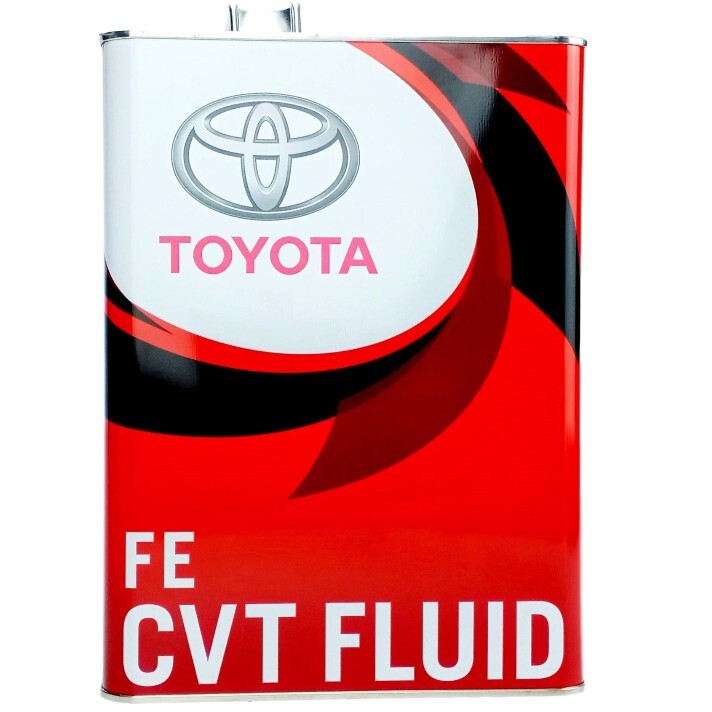When you think about the mechanics of a vehicle, what comes to mind? The roar of the engine? The sleekness of the body? Perhaps the intricate dance of gears inside the transmission? Speaking of which, have you ever pondered the fascinating realm of transmission types? Specifically, what in the world is a Continuous Variable Transmission, commonly known as a CVT? Understanding this unique transmission system is like uncovering a hidden gem in the automotive world, and it presents both advantages and challenges for drivers.
To navigate this topic thoroughly, let’s dissect the principle of a CVT. Unlike traditional automatic transmissions that utilize a fixed number of gears, a CVT operates on a clever mechanism that ensures a seamless transition within an infinite range of gear ratios. This clever engineering allows the engine to operate at its most efficient RPM (revolutions per minute), optimizing fuel consumption while providing a smooth drive. But how does it work, and what makes it stand out among other transmission types?
At the heart of a CVT lies a pair of variable-diameter pulleys linked by a steel belt or chain. Imagine two cones that can change their distance from one another. By varying their width, the CVT can adjust the gear ratio fluidly without the jarring sensations often associated with traditional gear shifts. This means that while driving, you don’t feel the usual “bumps” that come from shifting gears. Instead, the power delivery feels consistent, offering a uniquely smooth ride.
Let’s delve deeper into the advantages of a CVT. One significant benefit is fuel efficiency. Since the CVT can adapt to the optimal engine speed for any given driving condition, it often results in better gas mileage. For instance, when accelerating, the CVT allows the engine to run at its most efficient RPM until reaching the desired speed, thereby minimizing fuel consumption.
Moreover, the driving experience is generally quieter. With no distinct shifting points, the journey can feel more serene. Drivers often appreciate this less intrusive experience, especially during long commutes or road trips where constant shifting can become tiresome. Additionally, the smooth acceleration that a CVT offers can enhance the responsiveness of the vehicle, making it feel livelier, especially when you need to pick up speed quickly.
However, just like everything in the automotive realm, CVTs aren’t perfect. From a performance perspective, CVTs can sometimes feel less engaging than traditional transmissions. Have you ever found yourself wishing for that satisfying ‘click’ of a gear shift? For some driving enthusiasts, the lack of definitive gear changes may lead to a sense of disconnect with the vehicle. They may argue that the driving experience lacks the dynamic engagement provided by manual or traditional automatic transmissions.
Additionally, issues related to longevity warrant consideration. Some CVTs have been criticized for requiring more frequent maintenance than traditional transmissions. High-stress situations, such as towing or high-performance driving, can lead to premature wear. Therefore, it’s essential for potential CVT users to evaluate their driving habits meticulously. Are you a routine commuter, or do you indulge in spirited drives on weekends? Understanding your driving style can be an essential factor when considering a vehicle equipped with a CVT.
As we explore the landscape of transmission types, it’s essential to understand how CVTs stack up against their counterparts. Conventional automatic transmissions and dual-clutch systems, for example, provide distinct advantages in specific scenarios. Traditional automatics may offer better performance under load, while dual-clutch systems allow for lightning-fast shifts, catering to those who crave a sportier drive. As you weigh your options, which transmission type best aligns with your driving preferences?
Consumer perception of CVTs can also vary significantly. For those who prioritize efficiency and comfort, a CVT might seem like a dream come true. But for performance enthusiasts, the smoothness can sometimes translate to a desire for more engagement. Different manufacturers have approached the CVT differently; for example, systems like Honda’s Earth Dreams and Nissan’s Xtronic aim to enhance the driver’s connection by refining the responsiveness of the transmission. Ultimately, experience behind the wheel can heavily influence how one feels about this innovative design.
In summary, the world of Continuous Variable Transmissions presents a unique blend of advantages and challenges. The notable fuel efficiency and smooth driving experience may appeal to numerous drivers. Still, the potential performance limitations and care requirements might deter some enthusiasts. As automotive technology continues to evolve, it’s fascinating to watch how different transmission types adapt to meet the changing needs of drivers.
So, the next time you find yourself in the market for a new car or simply exploring the mechanics of vehicles, remember to keep CVTs on your radar. They present a compelling alternative to traditional methods, showcasing how innovation can redefine our expectations of what a driving experience should be. Who knew that the quiet hum of a CVT could spark such a multifaceted discussion on the nature of automotive evolution?
